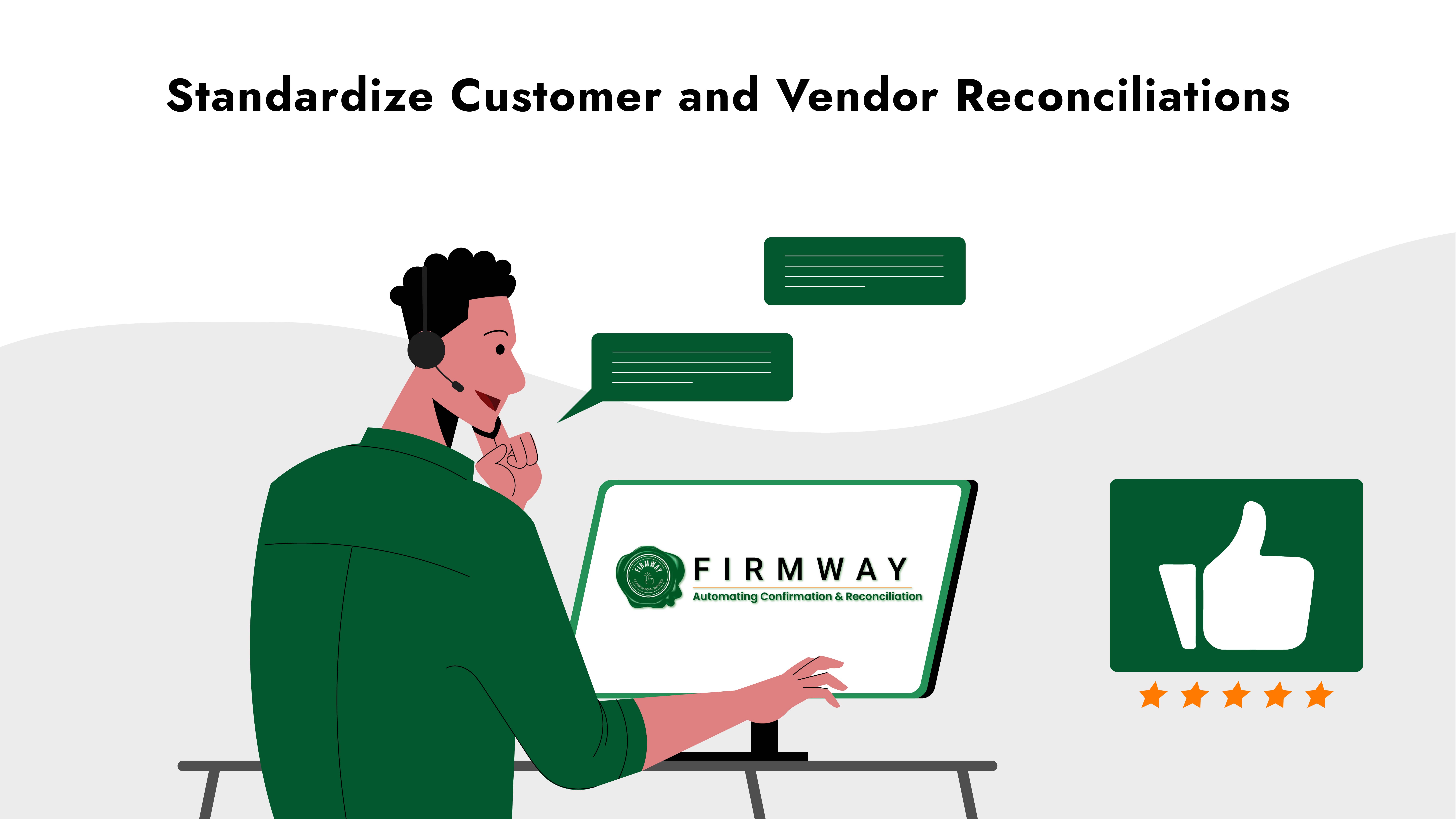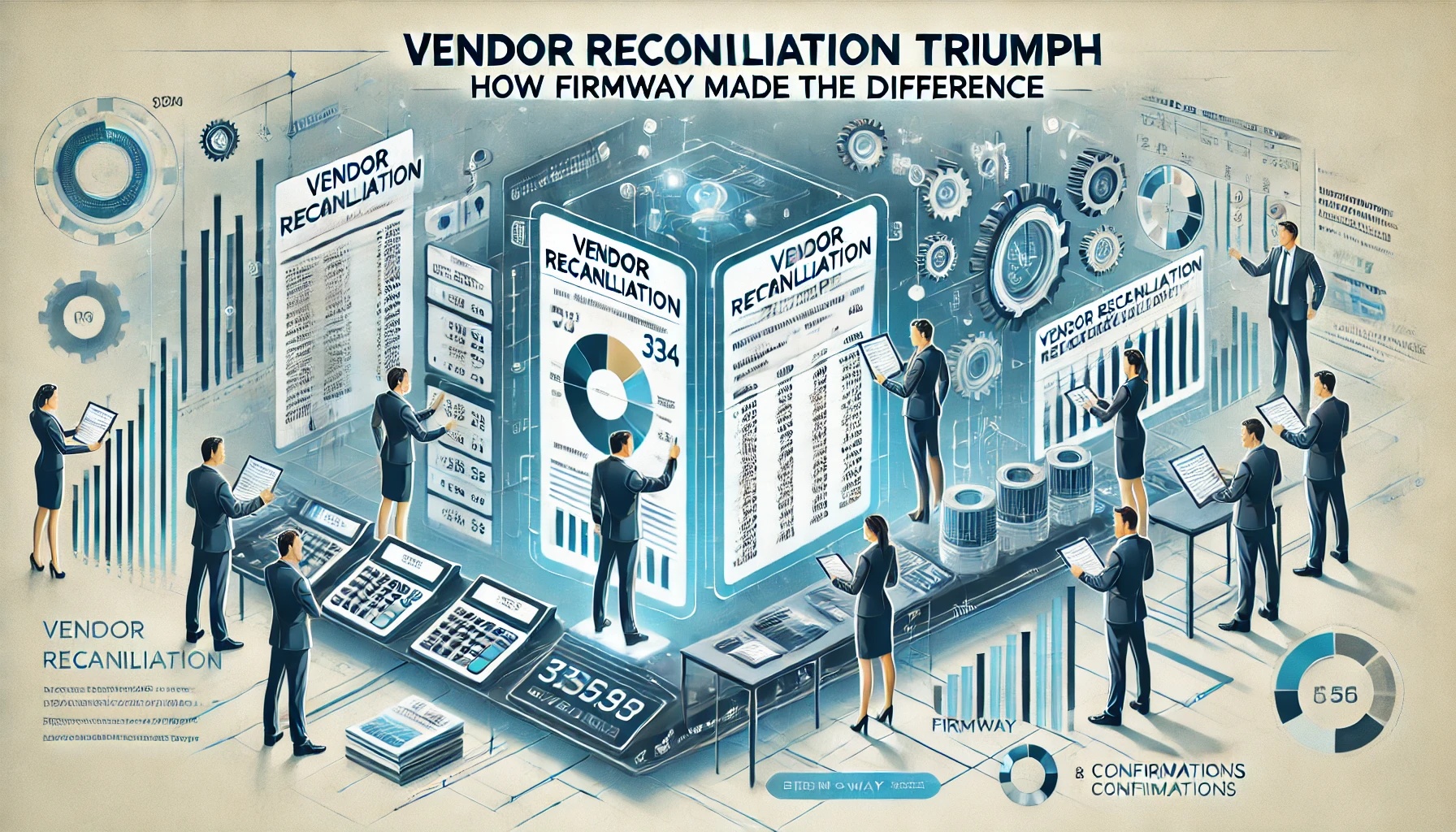Why Comprehensive Reconciliation Automation is Essential for Business Growth in the Digital Age
The digital transformation has fundamentally altered how modern businesses operate. Companies are adopting cloud platforms, mobile capabilities, IoT technologies, advanced analytics and AI at a rapid pace. The speed, scale and complexity of business in the digital age introduces immense amounts of new data from disparate systems across the enterprise. Financial transactions and interactions are occurring continuously rather than in daily or monthly batches. While digital innovations promise new opportunities for growth, lack of control over data can severely undermine trust in business insights. Comprehensive Automation in Reconciliation is essential for companies to harness the full potential of digital transformation while mitigating risk.
The Breakdown of Manual Reconciliations
Traditional manual reconciliations struggle to keep up with the volume, velocity and variety of data in today’s business landscape. Teams typically reconcile accounts in desktop spreads heets or cumbersome on-premise software at the end of monthly, quarterly or annual periods. By the time these batch reconciliations are complete, the data is already stale. Rapid transactions and interactions between customers, suppliers, partners and employees remain opaque.
Attempting to manually collect and reconcile data from across all the disparate systems powering digital businesses is untenable. Traditional processes simply do not scale. Key pain points include the below.
- Data Volume Overload: The sheer quantity of transactional data overwhelms slow and rigid manual processes. Reconciling millions of records between general ledgers, subledgers, bank statements and other sources becomes highly tedious and prone to human error.
- Increased Risk: With poor visibility into underlying data, companies face financial risks from fraud, penalties for non-compliance with regulations, and strategic risks from basing decisions on inaccurate insights.
- Lack of Agility: Lengthy manual reconciliations cannot keep up with the pace of change in digital business models. This impedes the agility and innovation that are imperative for growth .
- Fragmented Data: Data trapped in silos across various systems and business units leads to incomplete and fragmented insights. Different versions of the truth undermine sound decision making.
- High Costs: Manual reconciliation requires excessive time and effort from skilled finance teams. These expensive resources are better deployed in more strategic data analysis and planning roles.
 Automation in Reconciliation for Digital Business :-
Automation in Reconciliation for Digital Business :-
To capitalize on the promise of digital transformation, companies need to upgrade Automation in Reconciliation processes. Continuous automated reconciliation provides comprehensive visibility into data from across the enterprise in real-time. This serves as the foundation for trusted insights that empower smart strategic decisions and digital growth.
Continuous reconciliation ingests high volumes of streaming transactional data from all relevant sources continuously rather than relying on periodic bulk uploads. Advanced matching algorithms instantly identify any variances and exceptions as they occur. Teams are notified of discrepancies immediately so they can be resolved on the spot before propagating further downstream. Since reconciliations occur perpetually in real-time, finance teams avoid having to manually match millions of records in long batches. Issues are fixed in real-time rather than piling up till month end. Automation and instant reconciliation in the platform allow for much faster period closes.
Continuous reconciliation ensures a single consistent version of the truth across the enterprise. Real-time accuracy and completeness of data provides the trust and confidence business leaders need to plan bold digital growth strategies.
Key Pillars of Automation in Reconciliation :-
Modern businesses need a holistic approach to reconciliation that fully automates data integrity across the enterprise in real-time. Key requirements of Automation in Reconciliation are below.
- Connectivity: The reconciliation platform should seamlessly integrate with the full breadth of source systems powering digital businesses – general ledgers, payments, POS, ecommerce, CRM, HCM, procurement and more. Pre-built connectors avoid the need for complex custom integrations.
- Scalability: Reconciling high volume, high velocity data requires a scalable cloud-native platform. Elastic infrastructure allows the reconciliation system to efficiently scale across the enterprise.
- Continuous Workflows: Reconciliations must happen perpetually in real-time, not periodically in batches. This prevents small errors from accumulating into big problems.
- Advanced Analytics: Machine learning algorithms instantaneously match transactions, identify anomalies, and trigger smart notifications for issues needing human review. Users can leverage dashboards to visualize reconciliation heath.
- Holistic Oversight: A single hub provides standardized enterprise-wide oversight across all reconciliations and systems. Fragmented reconciliations lead to blindspots.
- Audit Trails: Comprehensive activity logging and audit trails meet compliance requirements and provide transparency over automated workflows. Users can drill down end-to-end to analyze any issue.
With continuous comprehensive reconciliation, companies gain the agility, resilience and trusted data foundation needed to capitalize on digital innovation and drive strategic business growth. Manual reconciliation processes constrained growth in the analog business era, but digital leaders must upgrade to automation to thrive today and into the future. Intelligent reconciliation platforms are a must-have for forward-looking companies navigating the digital age.


 Automation in Reconciliation for Digital Business :-
Automation in Reconciliation for Digital Business :-


